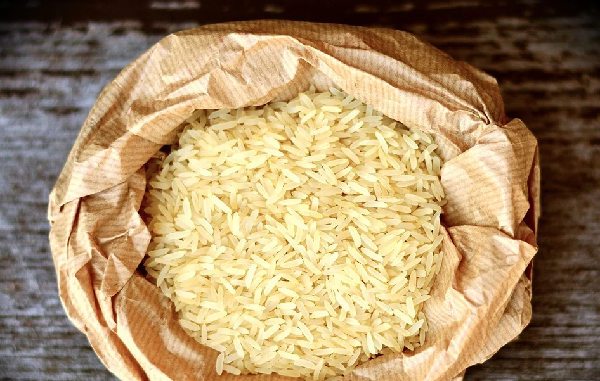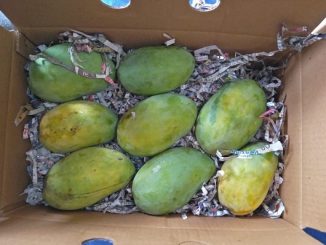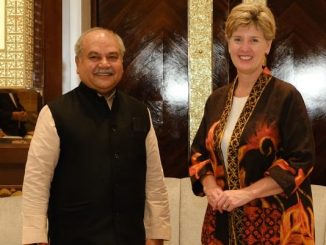
Sep 23:
With the amendment in export policy of Broken Rice from “free” to Prohibited”, Government of India has successfully ensured domestic food security, availability of domestic feed for poultry and cattle feed, while keeping a check over inflation as well as domestic price of rice.
Export policy of broken rice has been amended in order to ensure adequate availability of broken rice for consumption by domestic poultry industry and for other animal feedstock; and to produce ethanol for successful implementation of EBP (Ethanol Blending Programme) program.
Due to various reasons, there was need for amending the Policy.
Domestic price of broken rice, which was Rs. 16/Kg in the open market has increased to about Rs. 22/Kg in States because of exports due to higher international prices. Poultry sector and animal husbandry farmers were impacted the most due to price hike of feed ingredients as about 60-65% inputs cost for poultry feed comes from broken Rice and any increase in prices will be reflected in poultry products like Milk, Egg, Meat etc. which resulted in food inflation.
There has been a rise in global demand for broken rice due to geo-political scenario which has impacted price movement of commodities including those related to animal feed. The export of broken rice has increased by more than 43 times in past 4 years (21.31 LMT exported from April-August, 2022 compared to 0.41 LMT in the same period in 2018-19).
The export share of Broken Rice significantly increased to 22.78% as compared to the 1.34% corresponding period of 2019. From the year 2018-19 (FY) to 2021-22 (FY) export of Total Broken Rice increased by 319%.
Some countries (who never imported broken rice from India) have tapped into Indian market to exploit the situation at the cost of Indian consumers.
The government has not made any changes in the policy relating to par-boiled rice (HS CODE = 1006 30 10) and Basmati rice (HS CODE = 1006 30 20).
Parboiled Rice and Basmati Rice constitute around 55% of total rice export from India. So, the farmers will continue to get good remunerative prices and dependent/vulnerable countries will have adequate availability of par-boiled rice as India has significant share in the global rice export.
In domestic production, 60-70 LMT estimated production loss was earlier anticipated. Now, production loss of 40-50 LMT is expected and production output is not expected to be higher this year but only at par with previous year.
Notably,217.31 LMT rice is in Government buffer stock which is higher than the buffer stock norm. In the upcoming Kharif Season, 510 LMT and in Rabi Season, 100 LMT of rice will be procured. The buffer stock maintained by the country is more than enough to meet the demand for the public distribution system. The Government intervention by prohibiting export of broken rice and imposing 20% duty on the export of basmati and non-par boiled rice will further help in containing the situation.
India commands 40% share in the global rice trade, exported 21.23 MMT of rice in 2021-22 fiscal as against 17.78 MMT in the previous year. Due to the current geo-political situation, the international price of rice was lucrative leading to high export of rice as compared to previous year.
Due to surplus stock of rice, the domestic price of rice will be under control as compared to international market and neighbouring countries where the price is comparatively high. The percentage increase in the MSP of paddy in last year was 5.15% (Rs.2040/qtl. in 2022-23 and Rs. 1940/qtl. in 2021-22). The actual increase in price of rice is around 3%, due to increase in MSP and other input costs. The domestic price of rice is in comfortable position and the prices will remain well under control.
All India Domestic Wholesale prices of Rice and Wheat decreased by 0.08% and 0.43% respectively over the week. Retail price of Sugar is showing a decrease of 0.19% over the week.
Disclaimer: We donot claim that the images used as part of the news published are always owned by us. From time to time, we use images sourced as part of news or any related images or representations. Kindly take a look at our image usage policy on how we select the image that are used as part of the news.


